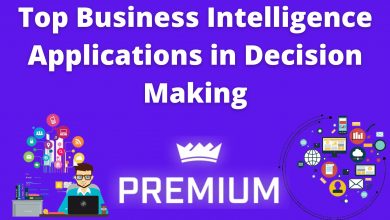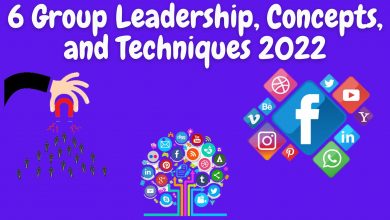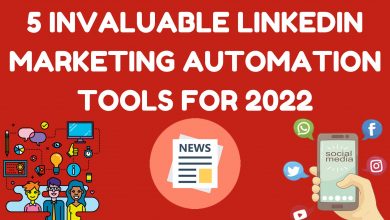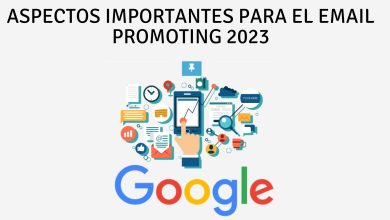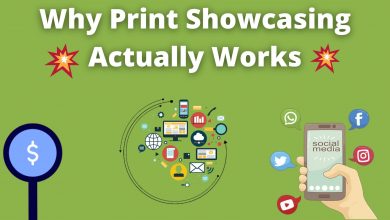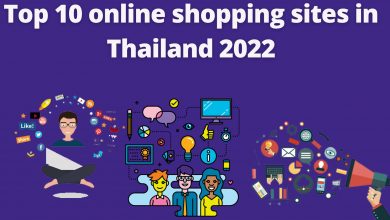How will the Internet of Things and the Metaverse complement each other 2022
Companies can create, create, manage and invest digital assets in various realities, thanks to organizations that provide Metaverse platforms and tool technologies.

Mark Zuckerberg, CEO of Facebook, unveils Meta Platforms, Inc. As a new name for the company in 2021. (formerly Facebook, Inc.). Meta Platforms, Inc. has announced. , also known as Meta, announced its first $10 billion investment solely dedicated to creating the Metaverse.
In addition, they have successfully obtained several patents related to integrating biometric data from users of the Metaverse into the virtual environment they are building.
The Metaverse’s ability to map data from real life and turn it into virtual reality may be its biggest problem at the moment, making the connection between the Internet of Things (IoT) and the Metaverse obvious. This information must be accurate, well-organized, functional, secure and current. Although the Internet of Things has been around for a while, Metaverse is poised to integrate hundreds of sensors, cameras, wearables, and other devices.
The Internet of Things and the Metaverse will support each other. They already have the nickname “tech twin” from some analysts.
Metaverse will act as a 3D user interface for IoT devices, allowing for a new and customized IoT user experience, while IoT will allow the Metaverse to analyze and interact with the real environment. Both the Internet of Things and the Metaverse will make it easier for people to make data-driven decisions with minimal effort and training.
What exactly is the Metaverse?
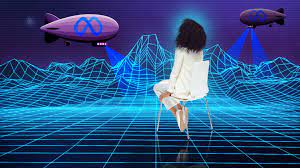
Metaverse is a 3D virtual world where people can use specialized equipment, such as the Oculus headset, to escape from the real world. It uses augmented and virtual reality to allow users to seamlessly move between the real and virtual worlds. Think of it as a whole new internet era where people don’t need to sit in front of a screen to browse the web.
What can you use at that time? Human creativity is the only limitation. You can engage in various activities, including watching movies, playing games with other users, and having more engaging and realistic conversations with each other.
Once and for all, the Internet will undergo a revolution. Analysts and professionals predict that Metaverse will be the next great thing. The way we look at and use the internet will change due to this virtual world, which will also impact other industries such as e-commerce, social media, real estate, and education.
What is the Internet of Things or the Internet of Things?
The Internet of Things is an interconnected world of computers, digital and mechanical equipment, things, etc. These tools never need to interact with other people or computers in order to seamlessly transfer data across the network.
Sensors, security protocols, and cloud computing are essential to IoT technology. Above all, it is smart, web-enabled devices with embedded hardware such as processors, memory, sensors, and communication devices that give the Internet of Things ecosystem its strength.
Metaverse and IoT: How will they complement each other?
Metaverse can be considered as an upgraded version of the Internet. In fact, the Metaverse is not dependent on a computer screen; Rather, it provides the ideal channel for extended social interactions between individuals.
With this technology, people can interact with others while playing games, watching movies or almost visiting a popular tourist site. With the help of 3D technologies, virtual reality, augmented reality and artificial intelligence, Metaverse has succeeded in expanding the possibilities of the Internet.
Although the Internet of Things (IoT) is already successfully connecting physical objects to the Internet. However, the integration of the Metaverse could undoubtedly give consumers new opportunities. When used in tandem, these technologies will make it possible to transfer data in real time from the physical world to the digital world.
As a result, the gap between the real world and the virtual world will diminish exponentially. With the help of Metaverse, IoT devices will be more online and offline. In addition, with the help of IoT devices, consumers can simply design their own digital avatars.
With the use of Digital Twins, among others, the Metaverse is expected to impact the Internet of Things in a big way. In fact, with the continuous implementation of the Metaverse, IoT technology will advance more rapidly.
Here are some of the ways the Metaverse will affect the Internet of Things:
Enhanced real-world training

AI and hands-on experience are essential to the underlying premise of the Metaverse. Organizations will greatly benefit from using the Metaverse in the Internet of Things to run virtual simulations to increase the scope and reliability of training.
To enhance the test preparation process, the Internet of Things can help collect more accurate and timely data from the real world. People involved in the Metaverse can create more sophisticated software or AI algorithms to identify problems and clarify real-life consequences. As a result, when we take the Internet of Things into account, the virtual world of the Metaverse can accurately represent reality.
Personal User Interface Environment

IoT devices often have a simple interface and interact with real-world devices. But standard IoT devices with screens may use Metaverse to deliver a 3D digital user experience.
As a result, the use of IoT devices will give users a more immersive experience. It will be the ability to stay present in the real and virtual world. As a result, companies can hire an IoT application developer to significantly customize the user interface and experience.
As mentioned above, the Metaverse will look closer to the physical world when using the Internet of Things. It will be possible to increase the interaction between people, IoT devices, the complex environment and Metaverse operations. We’ll be able to make better decisions with less learning and training, thanks to the immersive nature of the Metaverse and its real-world use cases.
Effective for long-term planning
The amount of digital content derived from real-world objects, such as structures, people, cars, clothes, etc., is constantly expanding in the Metaverse. As a result, companies aim to replicate our physical world exactly in cyberspace. Companies can plan for many conditions and improve their long-term goals with the help of the Internet of Things and Metaverse.
Real-time data is essential for accurate simulation of diverse scenarios and successful long-term planning. All industries like energy, transportation, healthcare, fashion etc. may benefit greatly from this. Above all, AI and machine learning may play a large role in long-term planning.
Big Impact on Cloud Technology Cloud
technologies are essential to both IoT and Metaverse. However, combining them could undoubtedly change the potential of cloud technology. In fact, with the integration of Metaverse into IoT devices, cloud systems such as Amazon AWS and Microsoft Azure may look and function quite differently. With the help of the IoT Metaverse, cloud service providers can realize the full potential of cloud computing.
Improved scalability, flexibility, and seamless functionality will be possible for cloud developers to achieve through their own architecture infrastructures. Thanks to Metaverse, cloud computing users will have access to additional processing power.
Interaction-based computing A
computer screen or input device is used for most digital interactions with computers. IoT devices require people to send data using a console or a few buttons.
The use of AR and VR technology from Metaverse will change how we interact with IoT devices. Users will not even be able to tell if they are interacting in the physical or virtual environment. This will make the experience very realistic and contextualized.
This will be possible by IoT devices with extended reality capabilities. The most immersive and interaction-based computing will be possible with the help of the Internet of Things with motion detection, AI-enabled edges, and sensors dedicated to collecting data.
